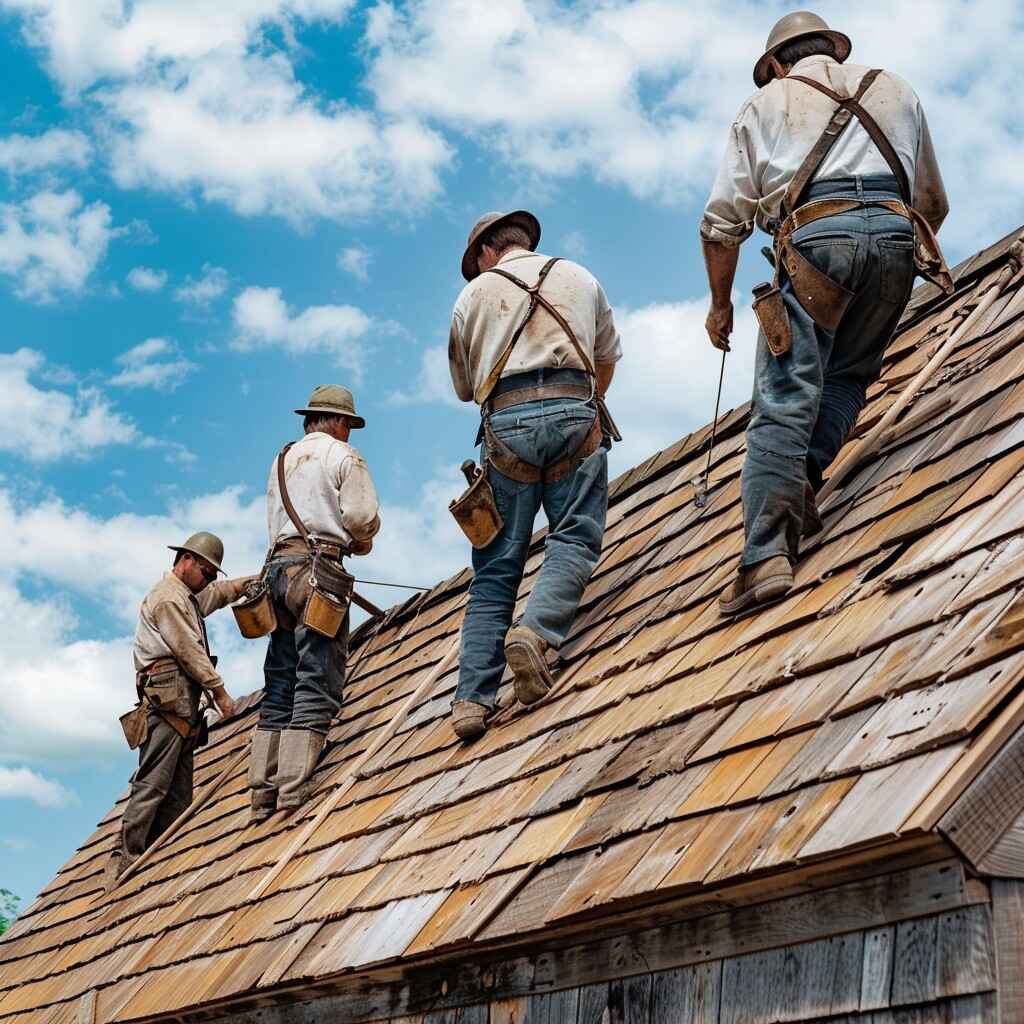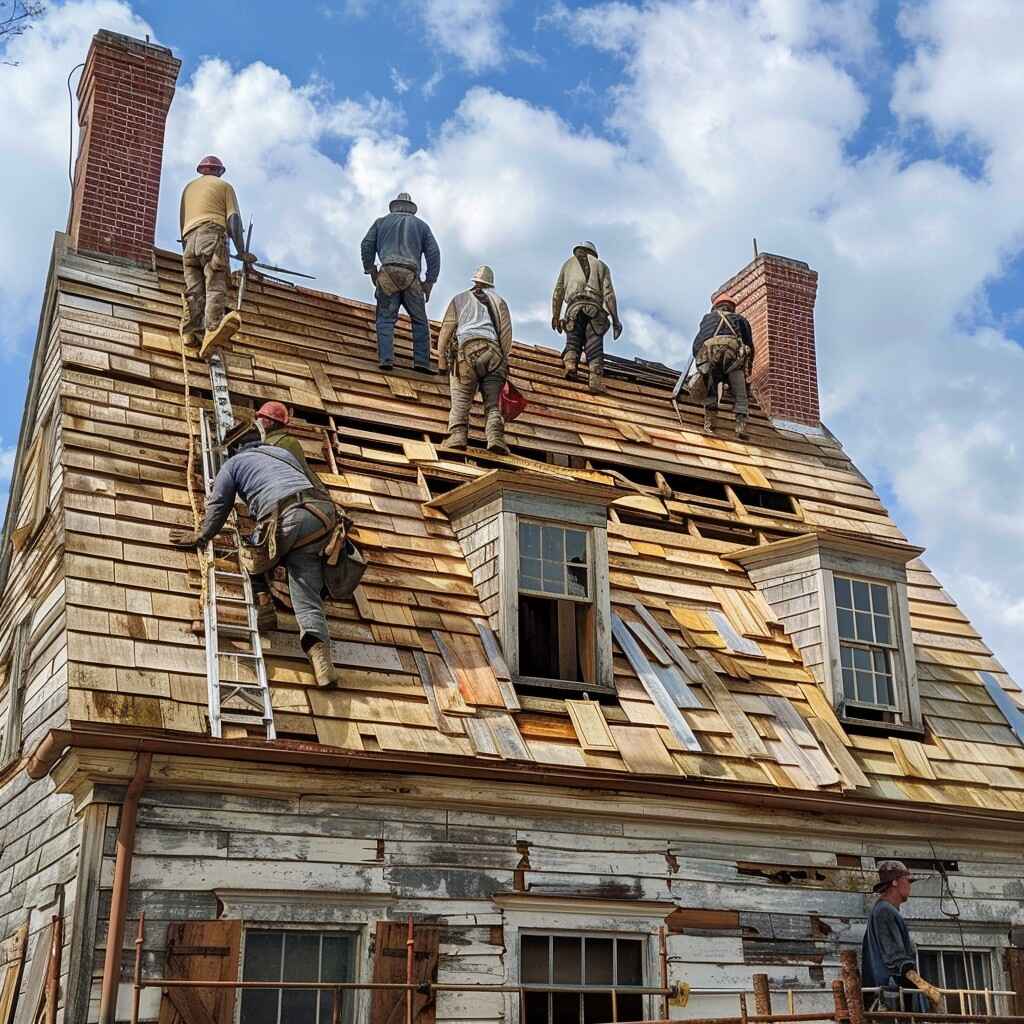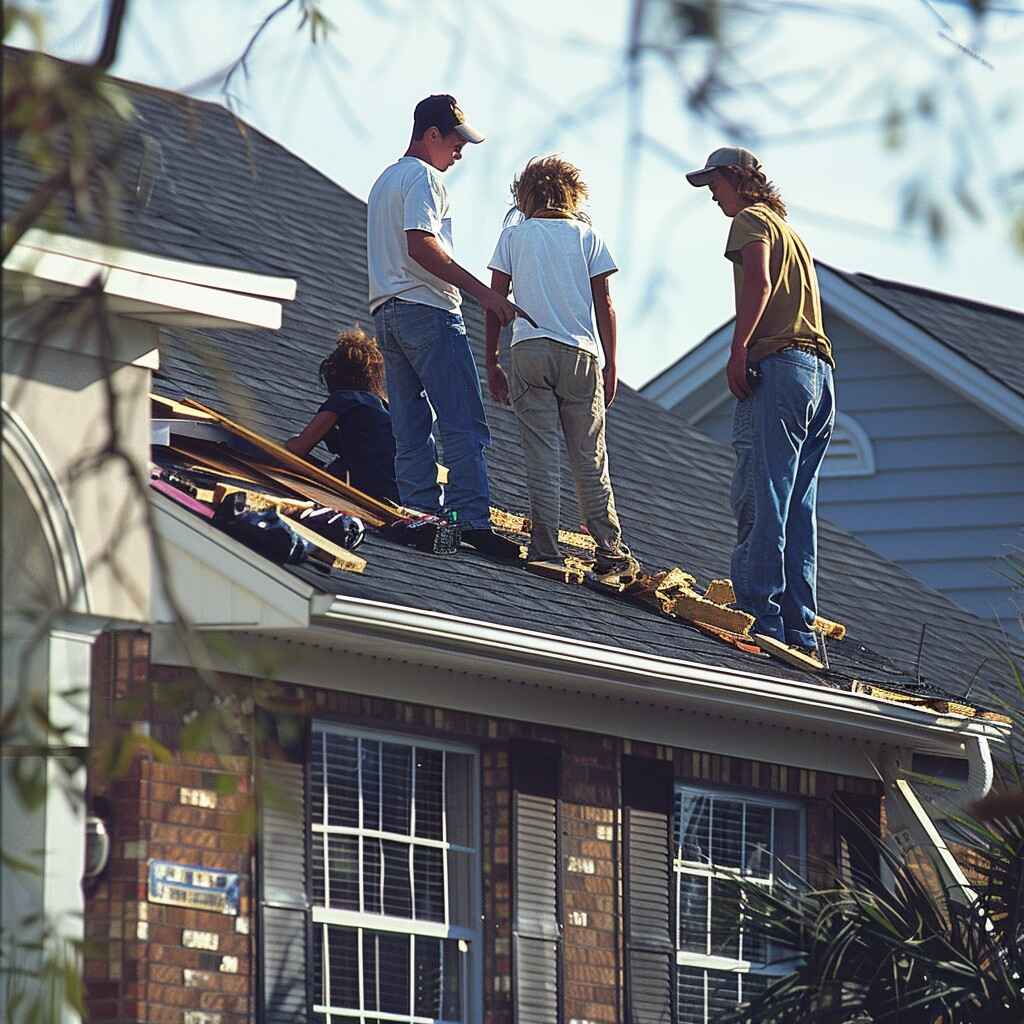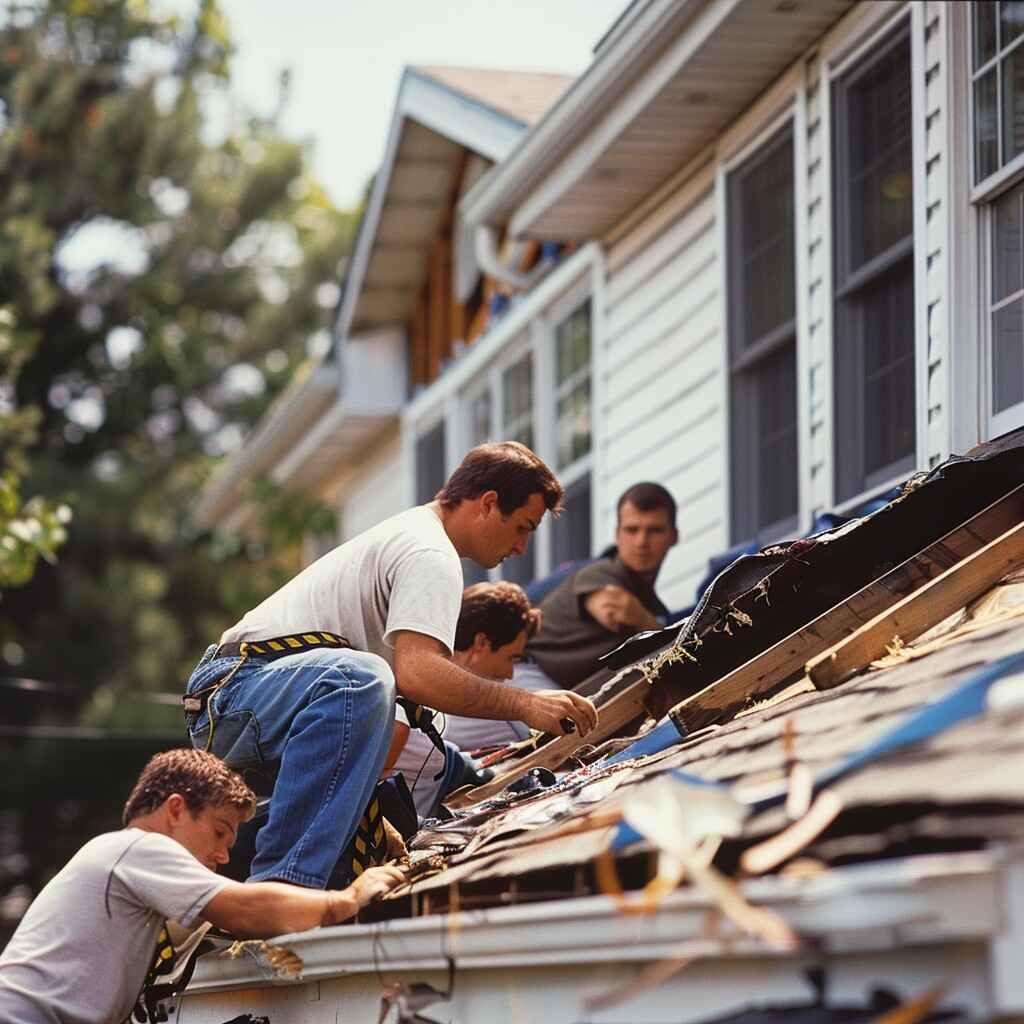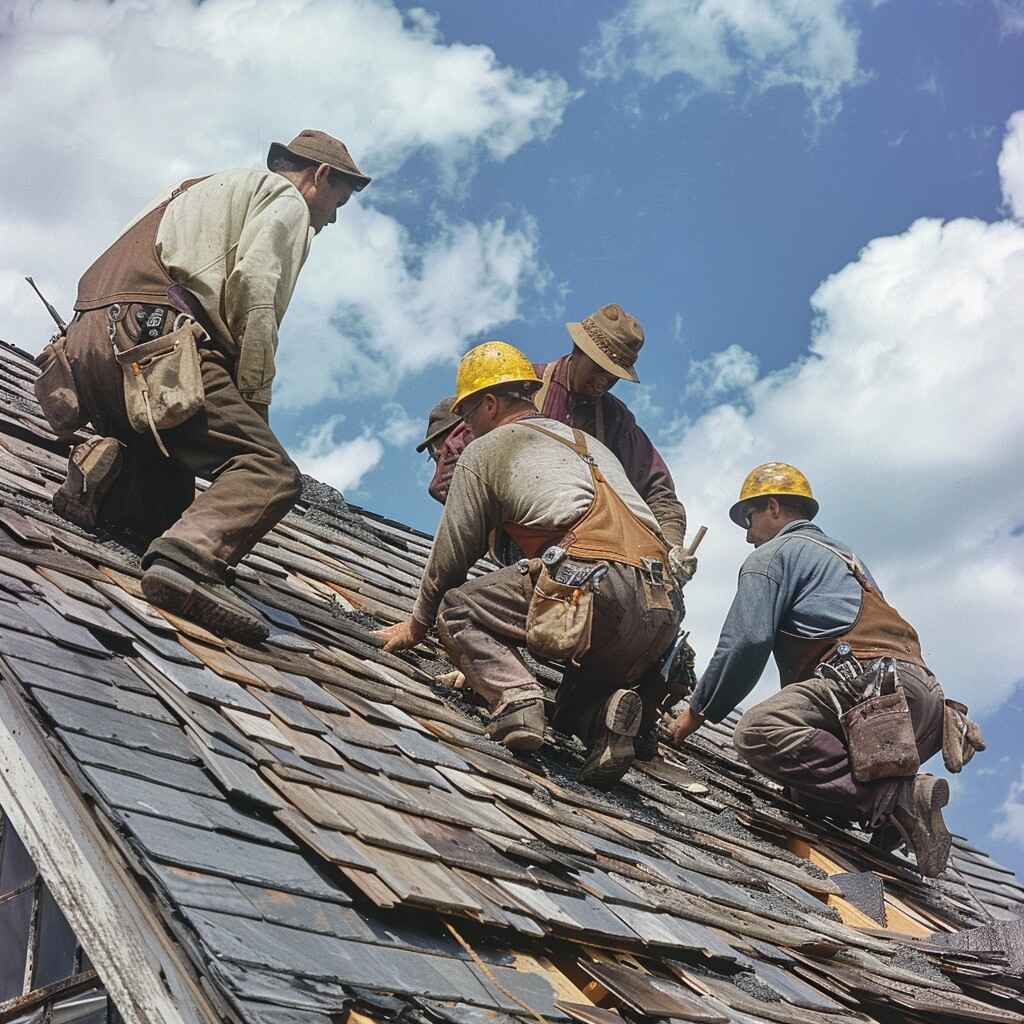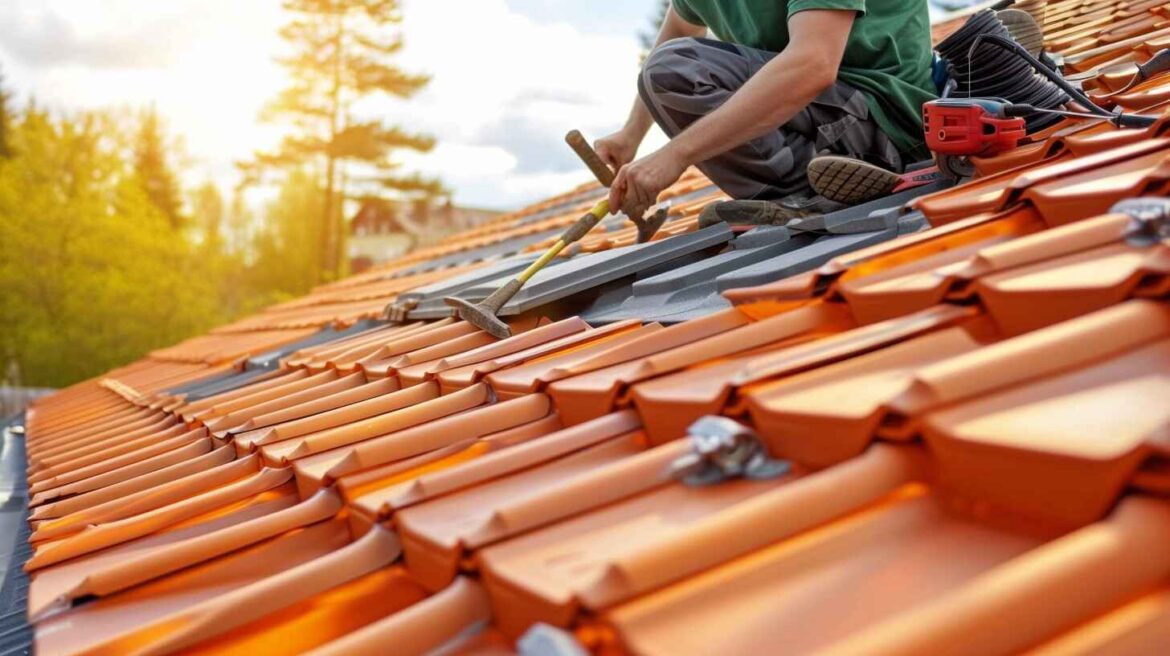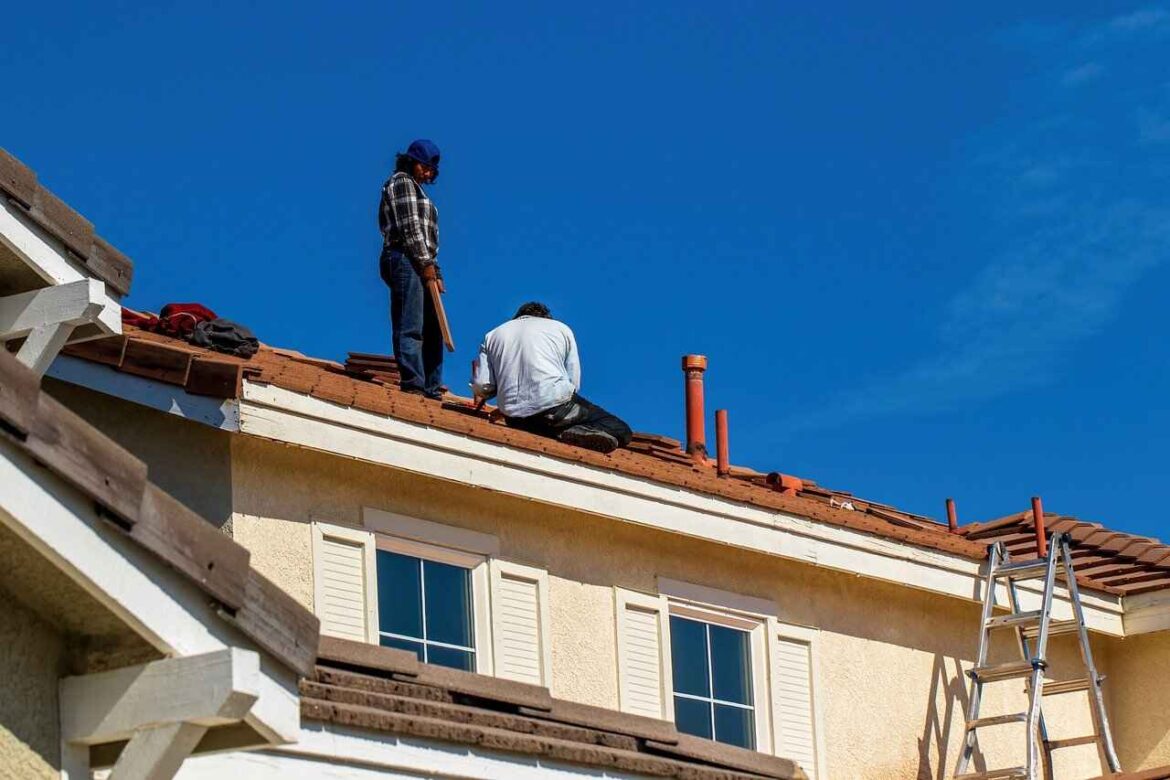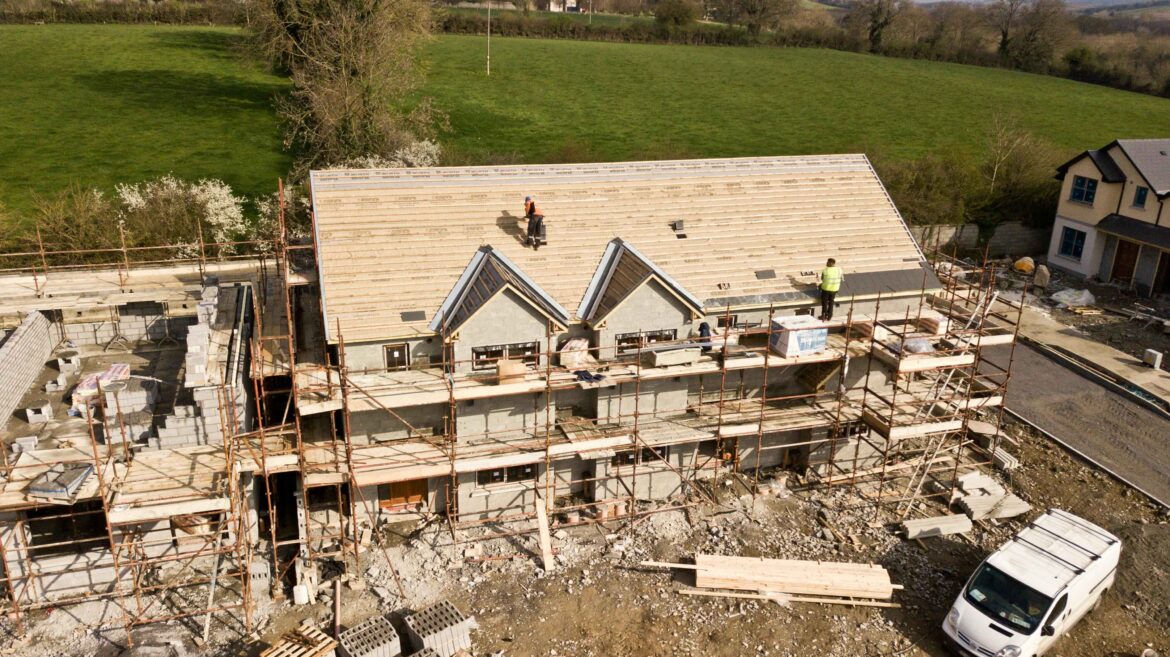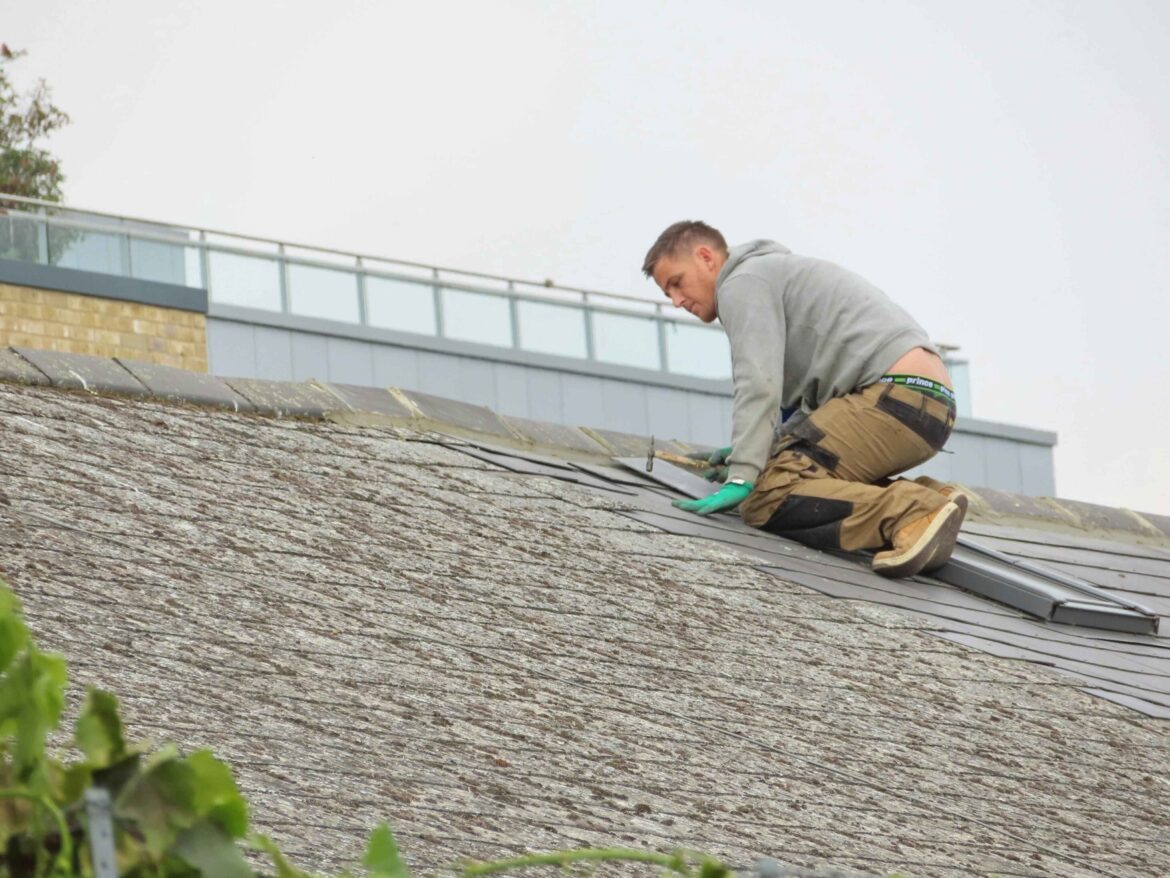When choosing a roofing material for your home, deciding between metal roofs and shingles can be challenging. Both materials have distinct advantages and drawbacks, and the best choice often depends on budget, climate, and aesthetic preferences. This article from a trusted roofing company will explore whether metal roofs are better than shingles by comparing their
According to skilled roofers, understanding the main types of roofing warranties is essential. Manufacturer warranties cover 10 to 50 years of materials and artistry, ensuring quality and addressing defects. Contractor artistry guarantees focus on installation quality, with varying coverage and duration. Extended warranties go beyond standard coverage, lasting up to 50 years and covering a
Roof repair guarantees typically range from 1 to 10 years, depending on factors like the type of repair, materials used, and the contractor’s reputation. Longer guarantees often reflect the contractor’s confidence in the quality of their work and materials. Factors influencing guarantee length include the complexity of repairs and the types of materials utilised. It
Adding a new roof over an old one is possible and offers benefits like enhanced structural integrity and protection against weather elements. Before installation, assess weight capacity, address damage, and follow local regulations. To proceed, evaluate the old roof’s strength, fix any damage, and guarantee cleanliness for proper new roof adhesion. Apply necessary barriers and
Maintain your roof by conducting bi-annual inspections with Austin roofers for missing or damaged shingles, sagging spots, and flashing issues. Regularly clean gutters to prevent water blockages. Promptly repair any roof leaks to prevent further damage. Trim overhanging branches annually to avoid damage and pest access. These tasks are essential for the longevity of your
Timely action is vital for emergency roof repairs to prevent water damage, maintain building integrity, and guarantee safety. Weather events, lack of maintenance, and age-related wear can prompt emergencies. The steps include evaluating damage, contacting a professional roof repair team, and avoiding DIY fixes. Prevent future issues by maintaining your roof, clearing debris, and ensuring
Understanding the different types of roof repairs is essential for maintaining your home. Roof repair experts can handle typical repairs such as shingle replacements, leak fixes, structural damage, and weather damage solutions. Shingle replacements involve evaluating, removing, and securely installing new shingles. Leak repairs identify and promptly address sources of leaks. Structural damage fixes strengthen
Watermarks on ceilings, absent or harmed shingles, drooping roofs, and granules in gutters are common signs of roof damage. Watermarks indicate possible leaks and need immediate inspection. Absent shingles expose the roof to external elements, leading to vulnerability and water damage. A drooping roof signals significant structural issues requiring professional evaluation. Granules in gutters point
Repairing the roof before selling a house is essential for increasing property value and market appeal. Utilizing professional roof repair services ensures that the roof is well-maintained, enhancing the overall aesthetics and giving potential buyers confidence in the property’s upkeep. Moreover, a new or repaired roof can elevate the resale value and eliminate future repair
A comprehensive roof storm damage checklist involves examining the exterior from various angles, inspecting gutters, and evaluating for water damage inside. The attic evaluation should include searching for stains, mold, and daylight through the roof. Examine shingles for cracks, curling, or missing pieces, and check flashing for damage. Involving a certified roofing contractor for a


